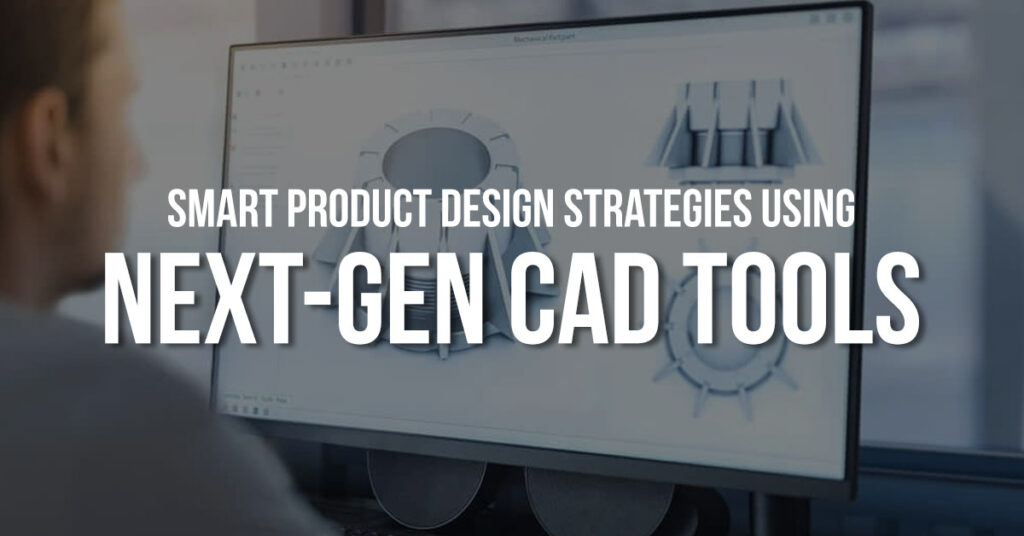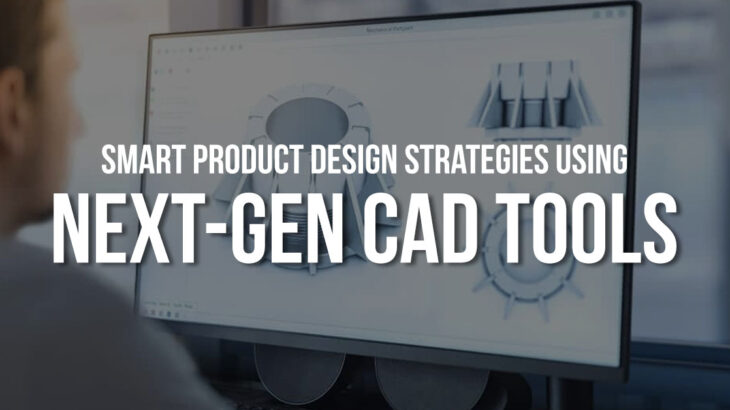
Design accuracy and agility are essential to market success in today’s fast moving engineering and product development landscape. That’s why tools like next generation CAD can be so valuable to engineering teams. If utilized properly, a combination of CAD Drafting Services and Drawing Services allow organizations to reduce development time, increase integrity in their products, and keep pace with changing expectations from customers – all without sacrificing manufacturing or cost.
The difference between next-gen CAD tools and the tools of the past isn’t just the new features, it’s a new mindset. Instead of just being able to draw up your parts, these new platforms offer real-time simulation, AI-driven optimization, collaborative cloud access, and tracking of changes automatically all within the design phase.
We’ll take a look at how those capabilities promote smarter product design strategies, and why companies have transitioned to advanced CAD workflows to future-proof their product pipelines.
1. AI-Assisted Design Speeds Up Decisions
Artificial intelligence has entered the CAD landscape. Many current CAD platforms now come with AI driven suggestions that will accelerate design iterations. These smart features analyze your model and suggest modifications for reduction of weight, materials usage or manufacturability.
This does not replace the designer – it assists them. The outcome? Reduced errors, better results, and quicker decisions with complex assemblies.
2. Cloud-Based Collaboration Improves Version Control
Gone are the days of sending files via email or worrying about which version to use. Cloud-based CAD platforms enable many teams like engineering, design, compliance, and manufacturing to work collaboratively on the same model and design in real time.
This improved collaboration between teams promotes faster validation cycles and less communication overhead. For example, an engineer can share a design, receive feedback, make modifications, and incorporate changes all within a single ecosystem. In addition, it creates accountability and documentation of the progress of modifications throughout the product life cycle.
For teams working across distances or with external partners, this is a game-changer.
3. Integrated Simulation Helps You Catch Errors Early
Simulated stress, thermal and motion behavior directly in the CAD environment is one of the most useful next-gen functionality, as it allows designers to test and validate new concepts before manufacturing any part is ever made.
This early insight into the decision makers’ design will minimize expensive redesigns in the final on-market product. In categories like automotive, aerospace or industrial machinery, where product safety and reliability are paramount, this type of simulation fits perfectly into smarter design developments.
4. Parametric and Generative Modeling Expand Innovation
Parametric design allows for design flexibility with a team. Making a change to one dimension causes other associated elements to automatically adjust to reflect that dimension, saving the hours of tedious manual rework. Generative design goes even further. By inputting design objectives, constraints, and materials into the software, it will generate multiple design possibilities that meet your criteria, many of which would not have been assessed by a human.
This way of thinking opens doors with lightweighting, cost savings, and innovation. It allows companies to consider more options in a reduced timeframe, which results in higher performing products.
Sunstream’s 3D CAD Services use these approaches to help clients build smarter products from the ground up, starting from concept all the way to production ready design.
5. Modular Design for Customization at Scale
A number of industries are gravitating toward mass customization, delivering unique products without adding complexity. With new CADs, you can modularize your designs so that you can simply swap-in, resize, or relocate components based on your customer needs.
This modular approach is not only scalable, it also enables rapid prototyping, low-volume manufacturing, and next generation product updates without starting over.
6. CAD Data Integration with Manufacturing Systems
Modern CAD software does not operate independently. It connects with PLM (Product Lifecycle Management), ERP, or even CAM (Computer-Aided Manufacturing) systems. This close integration reduces the hand-off between design and production and allows better tracking of revisions, material needs, and lead times.
Integrations provide invaluable opportunities for companies who want to decrease their time-to-market while preserving traceability.
Why Strategy and Technology Matters
Having the right tools is only half the battle. The real benefit is knowing how to use them to achieve business objectives. This is why Sunstream combines cutting-edge CAD technologies with industry experience to assist clients across multiple industries, consumer goods, equipment, automotive, etc.
Our CAD Drafting Services are designed from the component level to full-system CAD documentation to ensure that you receive a high-quality product every time.
Next-gen CAD tools are changing the shape of product design. No matter if it is working faster, reducing waste, studying new forms or designing with data. Today’s platforms allow teams to do more with less.
However, while technology can play a role in innovation, it is strategy that enables At Sunstream, we complement your toolset skills with industry knowledge and embedded software development services to create designs that make sense in the real world. Our 3D CAD Services are designed to help companies for the full product lifecycle from first sketch to factory floor.





 +1.585.935.7123
+1.585.935.7123 +91-804-148-6861
+91-804-148-6861